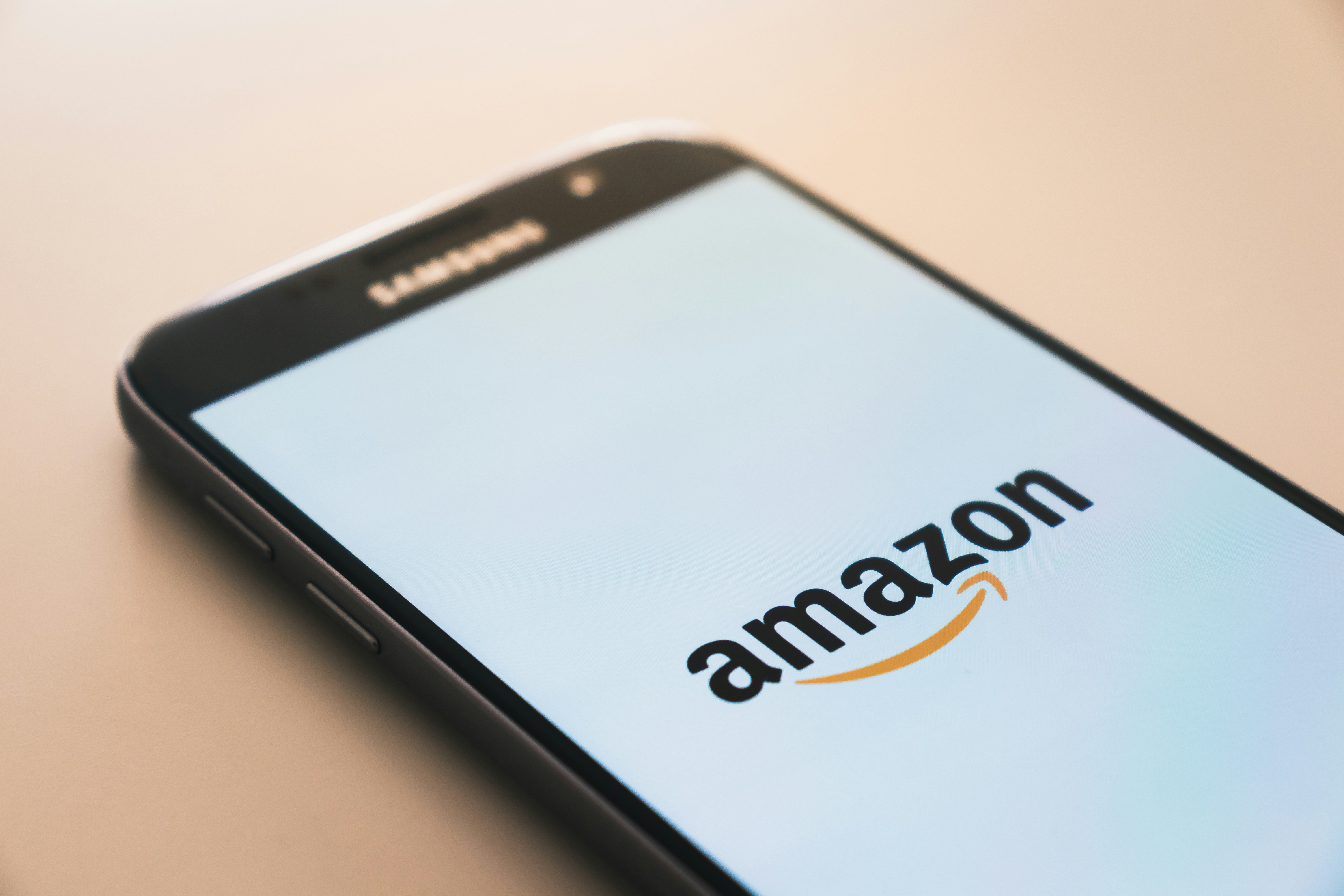FITA INSIGHTS
The Future of Online Shopping
By
Whitney Buha
Oct 20, 2021
4 min read
The last year and a half, e-commerce has been accelerated and online sales have surged due to the impact of Covid-19. Taking this into consideration, we break down three technologies that we believe will lead the way in the future of online shopping.
As we know by now, Covid-19 increased the need for online shopping in almost all retail sectors. According to Digital Commerce 360, “online retail sales increased 32.4% year over year in 2020 and are up 39% in Q1 2021.” Many consumers continue to avoid shopping in stores due to the pandemic. This rapid increase in online shoppers accelerated e-commerce by two years.
These changes spark thoughts about the future of online shopping. More people are shopping online than ever before, which means there are higher expectations for a seamless experience. Shoppers are looking for a similar experience online to what they receive in stores. When we think about the future of online shopping, we predict an increase in three types of technology: virtual try-on, various payment options, and machine learning sizing advisors.
Virtual Try-On
Let’s start with virtual try-on. Amidst the pandemic, consumers were not able to physically try on any clothes, shoes, accessories, etc. in a store. Instead, they had to browse online through thousands of options, order a few, and see how they looked once they arrived at their home. As you can imagine, there are several issues with that. For one, the customer experience is not great. Shoppers could spend hours looking for the perfect item only to order it, have it arrive, and be unsatisfied with the fit, color, or style. This dissatisfaction can then lead to an increase in returns.

With virtual try-on, shoppers can experience a somewhat “real life” experience online. We’re proud to see that our parent company, Snap Inc., is leading the way for these new virtual try-on experiences – especially for fashion. According to Forbes, “Snap’s new machine learning technology will utilize ‘3D Body Mesh’ to replicate real-life outfits as Snapchatters try virtual clothes on via the camera, implementing voice-enabled controls to let the app know they’re looking to browse and try on in augmented reality.”
Snap’s Global Product Marketing Lead, Augmented Reality, Carolina Arguelles, said:
“We believe shopping is more than the transaction, it’s really about the experience and we believe a better experience—one that’s more immersive, connected with your friends, and emotional—is not only going to increase that buyer confidence but also build a longer term loyalty to brands and businesses.”
Virtual try-on improves customer experience and creates buyer confidence, which is exactly what retailers are hoping for in this competitive market.
Various Payment Options
The next technology that we foresee making a big impact on the future of online shopping is various payment options. We’ve started to see this technology break through in the past couple of years, but imagine that we’ll see even more options soon. Companies like Klarna and Afterpay offer shoppers the option to buy now, pay later with monthly payments that total the sum of their purchase. This gives shoppers the opportunity to purchase bigger ticket items in the moment, rather than having to save up and purchase it later.

We’ve also seen the addition of quick payments, making the checkout process more convenient. Retailers are adding Apple Pay, PayPal, or Google Pay to their checkout experience. This allows consumers to pay in just the click of a button, rather than manually entering their credit card information.
Already there are some retailers accepting payment in the form of cryptocurrencies. PacSun recently announced that it will accept cryptocurrency payments, in partnership with BitPay, from online shoppers. Retailers see this as yet another move to improve the online shopping experience for customers.
Machine Learning Size Advisors
The last one on our list is machine learning size advisors. Size advisors aren’t new to the market, but the need for them has definitely increased with the recent growth in e-commerce. It’s important for retailers to choose a size advisor that uses machine learning in order for them to provide their customers with the most accurate size recommendations. That’s where Fit Analytics comes in. Our size advisor, Fit Finder, has been around for more than 10 years and uses the most advanced machine learning algorithms in the industry.

Shoppers struggle with choosing the right size when shopping online. Many seek size advice, but feel lost when looking at a standard size chart. Fit Finder uses machine learning to compare shopper characteristics to millions of similar shopper inputs to provide an extremely accurate size recommendation. Our size advisor is proven to positively impact conversion rates and return rates.
Overall, the theme here is that retailers are doing whatever they can to improve the online shopping experience – whether that’s with the addition of virtual try-on and augmented reality, new payment methods, or helping their shoppers choose the right size online with a size advisor. The recent surge in e-commerce has accelerated the need for these technologies and we expect them to continue to be in high demand as we look to the future of online shopping.
To learn more about how we can help you and support your specific needs Contact us.
































































